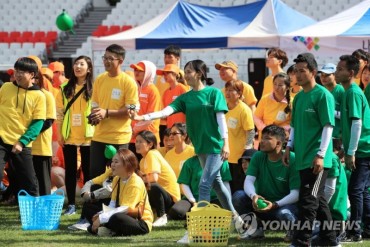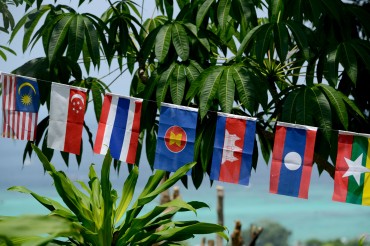
Of the South Korean households that are renters, 60.5 percent utilize “wolse”, or monthly payment rental systems, boosted by a growing low-income bracket. (Image: Yonhap)
SEOUL, Dec. 14 (Korea Bizwire) – Of the South Korean households that are renters, 60.5 percent utilize “wolse”, or monthly payment rental systems, boosted by a growing low-income bracket.
According to the Korea National Council of Consumer Organizations, the percentage of households renting using “jeonse” – a key money deposit system usually requiring a lump-sum deposit and no additional monthly rental payments – dropped from 49.5 percent in 2012 to 39.5 percent last year. In contrast, more households are renting through wolse, from 50.5 percent to 60.5 percent during the same period.
Based on available housing data patterns from 2006 to 2016, wolse overtook jeonse as the more commonly utilized method of rent from 2010 to 2012.
Looking at the proportion of renters making monthly payments in different income brackets, wolse usage rose by 7.9 percent from 2006 to 2016 among low-income groups.
Wolse likewise increased in the middle income bracket, though the rise was not as sharp at 3.4 percent. However, the highest income bracket barely budged, going up by a mere 0.7 percent.
The data seems to suggest that the proportion of renters in lower income brackets who face pressure from housing expenses is growing.

Based on available housing data patterns from 2006 to 2016, the increasing popularity of wolse was first noted in the period from 2010 to 2012. (Image: Yonhap)
Average monthly rental payments in Seoul, at 1.14 million won, were nearly double that of jeonse (estimated by calculating monthly interest payments on housing loans) at 621,000 won. Nationally, the average monthly rental payment was 2.2 times that of jeonse.
It’s not all good news for jeonse renters, however, as rental prices rose more than the selling prices of homes from 2011 to 2017. For sales, the national average went from 269.2 million won to 317.2 million won (August 2017), going up by 21.6 percent. Price increases were slightly more modest for residences in Seoul with a 14.3 percent difference, going from 485.7 million won to 555.6 million won.
For jeonse, rental fees jumped dramatically by 56.1 percent across the nation and 65.0 percent in Seoul. The average cost of a jeonse apartment rental in Seoul was 434 million won.
S.B.W. (sbw266@koreabizwire.com)






